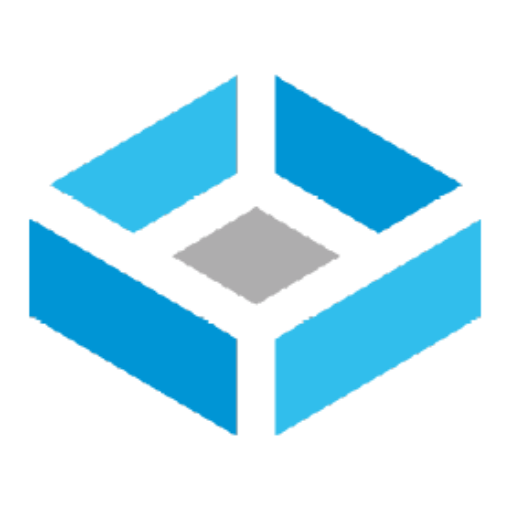Hello all,
I am positive that this subject has been discussed before, and I know re-asking answered questions are frowned up. However, I haven't been successful in finding the applicable solution to my situation.
I have a QNAP NAS that I intend to sell and bring all my data within my server machine. Therefore, I need to have a NAS VM replacement, so I turned to giving TN a go. To keep it short, I want to setup a number of datasets that are "easily" accessible from my Windows machines, Macbook laptop, and a couple of Linux VMs. For instance, I want one dataset for my Plex/Media content that is accessible across all devices (computers [OS-agnostic], Apple and Android phones and tablets, as well as my TV and Nvidia Shield box). I also need to have two groups to have access to this dataset. One with Full permission (i.e. me), and one with just read and execute permissions (i.e. home residents). Now this part seems to be pretty straightforward with ACLs, although I don't quite grasp the concept of "@" at the end of Who* definitions (because I can define either group@ or group). By easily at the beginning of this paragraph I meant without having to go into each machine and manually mounting the share with or without CLI. Is it possible to just put in the UN/Pass and be done with it?
Now, I don't need to be spoon-fed. But, if you could kindly please steer me in the right direction or lay out a clear roadmap, I'd be more than grateful. In QNAP, this setup was extremely quick and easy. With TN it appears to be some what of a learning curve - and quite a steep one at that for a newcomer. Thank you again.
TrueNAS-13.0-U3.1 installed on VMWare ESXi 8.0
All Windows are 10 or 11 Pros.
macOS 13
Linux distros: MX and Ubuntu
I am positive that this subject has been discussed before, and I know re-asking answered questions are frowned up. However, I haven't been successful in finding the applicable solution to my situation.
I have a QNAP NAS that I intend to sell and bring all my data within my server machine. Therefore, I need to have a NAS VM replacement, so I turned to giving TN a go. To keep it short, I want to setup a number of datasets that are "easily" accessible from my Windows machines, Macbook laptop, and a couple of Linux VMs. For instance, I want one dataset for my Plex/Media content that is accessible across all devices (computers [OS-agnostic], Apple and Android phones and tablets, as well as my TV and Nvidia Shield box). I also need to have two groups to have access to this dataset. One with Full permission (i.e. me), and one with just read and execute permissions (i.e. home residents). Now this part seems to be pretty straightforward with ACLs, although I don't quite grasp the concept of "@" at the end of Who* definitions (because I can define either group@ or group). By easily at the beginning of this paragraph I meant without having to go into each machine and manually mounting the share with or without CLI. Is it possible to just put in the UN/Pass and be done with it?
Now, I don't need to be spoon-fed. But, if you could kindly please steer me in the right direction or lay out a clear roadmap, I'd be more than grateful. In QNAP, this setup was extremely quick and easy. With TN it appears to be some what of a learning curve - and quite a steep one at that for a newcomer. Thank you again.
TrueNAS-13.0-U3.1 installed on VMWare ESXi 8.0
All Windows are 10 or 11 Pros.
macOS 13
Linux distros: MX and Ubuntu



